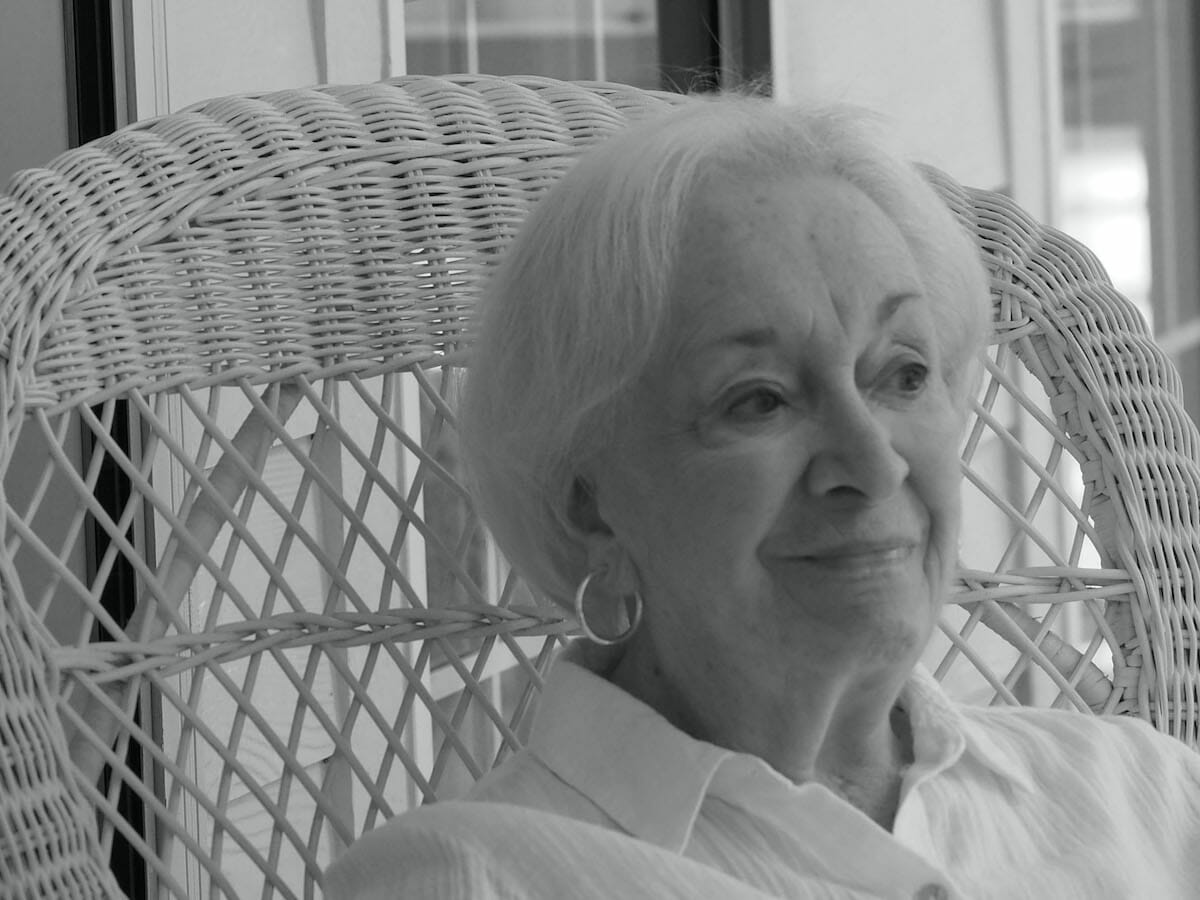By Carol Lucas
If you have been fortunate enough to see “Hamilton” live on stage, I am envious. We know that the Broadway production received rave reviews, and touring companies took it to various venues throughout the country.
I did see the video of the Broadway production, but when the book club to which I belong chose the novel, My Dear Hamilton, written by Stephanie Dray and Laura Kamoie. I found myself learning so much more than I knew about that period of American history.
The two authors, it is said, attended the Broadway production, written by Lin-Manuel Miranda, who also plays the lead. When they emerged from seeing the play and entered a cab taking them back to their hotel, they began immediately to discuss how they could co-write a book, based upon the play.
This, in and of itself, might be viewed as the reverse procedure of what is usually the order of things. However, I admit to having been drawn into the book quickly.
Miranda calls “Hamilton,” “the story of America then, told by America now.” When the play initially came out, there was considerable backlash because it was an “all-white historical narrative told by an all non-white cast.”
Mine is not to enter the fray of that dispute, but rather to try to draw parallels between the book and what we see happening today. I came to see so many of the events reflect our present political landscape that I felt compelled to make a few comparisons.
Granted this book is a novel, the genre of historical fiction, and poetic license is to be expected. However, from all I am able to gather, the authors have been diligent in their research, and as contemporary writers, they, too, must have discovered the likeness of political dissent back then to that of today.
I suspect very few history courses focus upon the back biting and in-house treacheries of the founding fathers as they struggled to compromise on what should be included in the Constitution. With the conclusion of the American Revolution and the writing of the Declaration of Independence, our forefathers were confronted with how to structure a government. Thus came the emergence of the Federalists and the anti-Federalists.
Very simply, the former saw a stronger national government as the answer to a “more perfect union.” They believed that such a government would improve the relationship between states, and many came together to construct the Constitution. Alexander Hamilton was a pivotal contributor to this effort, and was referred to as “the Goliath of Federalism.”
Anti-Federalists, on the other hand, saw a strong federal government as a pathway to encroachment, thus stripping away individual rights and property. They fought adamantly against the Constitution and favored small, local government rule.
In July of 1788, there was a physical battle, including armaments, in the streets of Albany, New York, where the anti-Federalists were ultimately forced to retreat. However, they later achieved the inclusion of the Bill of Rights to insure the preservation of what they saw as their rightful liberties.
Keeping in mind that poetic license may have come into play, at least in part, consider the following characters and their portrayal in the book. Aaron Burr could trace his lineage back to Jonathan Edwards, renowned New England theologian; yet he was considered to be quite corruptible, and was said to have brought in wagon loads of people to vote in an election in which he was a candidate. Some were even infirm and had to be led to a ballot.
The book includes aspects of the electoral college and some of the inherent problems that existed even then. It is stated that despite Hamilton’s distaste for Thomas Jefferson and all that he espoused, when Jefferson was running against Burr, a Federalist, for the Presidency, Hamilton (a Federalist, himself) was convinced that Jefferson was the lesser of two evils.
Thus he managed to convince the Delaware representative to vote for Jefferson. One vote, one electoral college vote, resulted in Thomas Jefferson’s becoming the third President of the United States.
Does any of this seem familiar? What I have put forth here is just a sampling of what is decidedly a fascinating backdrop to the genesis of our country. Should you opt to read My Dear Hamilton, and I hope you do, I will leave it to you to discern whether or not history repeats itself.
Carol Lucas is a retired high school teacher and a Lady’s Island resident. She is the author of the recently published “A Breath Away: One Woman’s Journey Through Widowhood.”



